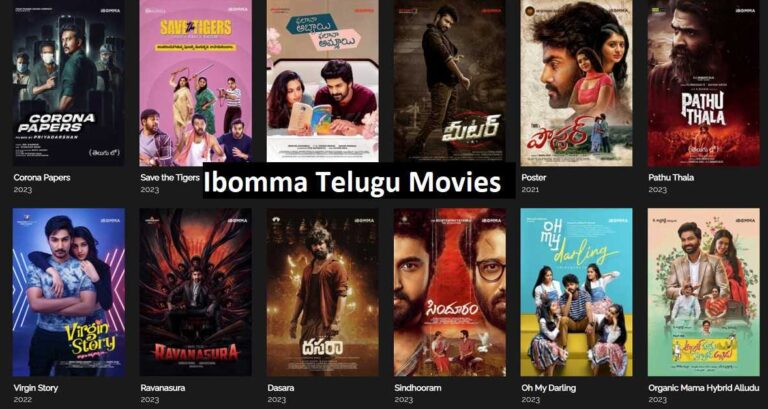How Much is 1000 Plays on Spotify Worth? (Real Truth)
As an artist, you might wonder, “How much is 1000 plays on Spotify in royalties?” It’s a common question among musicians looking to monetize their music on the platform, especially when just starting out!
The answer isn’t very easy as many factors influence your earnings. Understanding the value of your streams can help you set goals and develop strategies to increase your income.
While 1000 plays on Spotify might not seem like much, it’s a step towards building a loyal fan base and generating revenue. But if you’re looking to boost your plays quickly, you can always buy Spotify streams from reputable services to gain more exposure.
The Importance of 1,000 Plays on Spotify
In simple words, 1000 plays on Spotify is your gateway to earn royalties.
Spotify’s recent policy changes have introduced a new eligibility for tracks earning royalty. Now, a song must reach 1,000 plays before generating revenue for the artist. This change aims to redistribute funds to artists earning more plays, as tracks with under 1,000 plays were earning an average of only $0.03.
While this may seem daunting for independent artists, it’s important to note that 99.5% of all streams on Spotify come from tracks that earn 1,000 streams or more annually. By focusing on reaching this milestone, artists can tap into the platform’s royalty distribution system and start earning money from their music.
Factors Affecting Your Spotify Earnings
To understand how much is 1000 plays on Spotify worth, you need to consider the following facts:
1. Location of Your Listeners
Spotify pays different rates based on the location of your listeners. Streams from countries with higher advertising rates, like the United States or the United Kingdom, will earn you more compared to streams from countries with lower rates.
2. Spotify’s Royalty Rates
Spotify’s royalty rates fluctuate over time and vary by country. On average, artists earn between $0.003 and $0.005 per stream. This means that for 1000 plays on Spotify, you can expect to earn between $3 and $5.
3. Your Distribution Contract
Your earnings also depend on your distribution contract. If you’re signed to a label, you’ll likely receive a smaller percentage of the revenue generated from your streams. Independent artists typically keep a larger share of their earnings.
Maximizing Your Earnings on Spotify
Now that you know the factors influencing “how much is 1000 plays on Spotify” worth, here are some tips to maximize your earnings:
1. Promote Your Music
Promote your music on social media, collaborate with other artists, and engage with your fans. The more people discover and listen to your music, the more streams you’ll generate.
2. Create High-Quality Content
Focus on creating high-quality music that resonates with your target audience. The better your content, the more likely listeners will stream your songs repeatedly, increasing your play count and earnings.
3. Leverage Spotify Playlists
Get your music featured on popular Spotify playlists to expose your songs to a broader audience. Reach out to playlist curators and submit your tracks for consideration.
Long-Term Value of 1000 Spotify Plays
While the immediate earnings from 1000 plays on Spotify might seem small, the long-term value is much greater. Those 1000 plays represent 1000 listeners who have discovered your music.
If they enjoy your songs, they may become loyal fans, attend your concerts, buy your merchandise, and support your future releases.
Benefits of Surpassing 1,000 Plays
Once your track reaches 1,000 plays on Spotify, you’ll start earning royalties from the platform. This can provide a valuable source of income for independent artists, especially as your music continues to gain traction.
Moreover, surpassing 1,000 plays can open up new opportunities for your music. As your track gains popularity, it may be featured on more playlists, leading to even more exposure and plays. This can help you build a dedicated fanbase and establish yourself as a rising artist in your genre.
Conclusion
While the earnings from 1000 streams might not be substantial, it’s important to focus on the bigger picture.
So, we knew that 1,000 streams could generate $4 in revenue approximately. Reaching 1,000 plays on Spotify has become a critical milestone for independent artists looking to earn royalties and expand their reach.
By optimizing your artist profile, creating engaging playlists, collaborating with other artists, promoting your music on social media, submitting to playlists, and utilizing music promotion platforms, you can increase your chances of achieving this goal.
Remember, consistency and perseverance are key in the music industry, so keep creating and promoting your music, and you’ll be on your way to reaching 1,000 plays and beyond on Spotify.
FAQs
Q: How do Spotify royalties work?
Answer: Spotify royalties are generated based on the number of streams your music receives. The platform pays out a percentage of its total revenue to rights holders, which is then distributed based on individual stream counts and listener locations.
Q: Can I boost my plays on Spotify?
Answer: Yes, you can boost your plays through effective promotion strategies such as social media marketing, collaborations, and submitting your music to playlists.
Q: What are the best ways to promote my music on Spotify?
Answer: The best ways to promote your music on Spotify include leveraging social media, collaborating with other artists, engaging with your audience, submitting your tracks to playlists, and using music promotion platforms.
Q: How does Spotify calculate royalties?
Answer: Spotify calculates royalties based on a pro-rata share of its total revenue. This means your earnings depend on the total number of streams your songs receive relative to the total streams on the platform, as well as the location of your listeners.
Q: Is it worth buying Spotify plays?
Answer: Buying Spotify plays from reputable services like SocialPlug can give you a quick boost in exposure, but it’s also essential to focus on organic growth strategies for long-term success.







